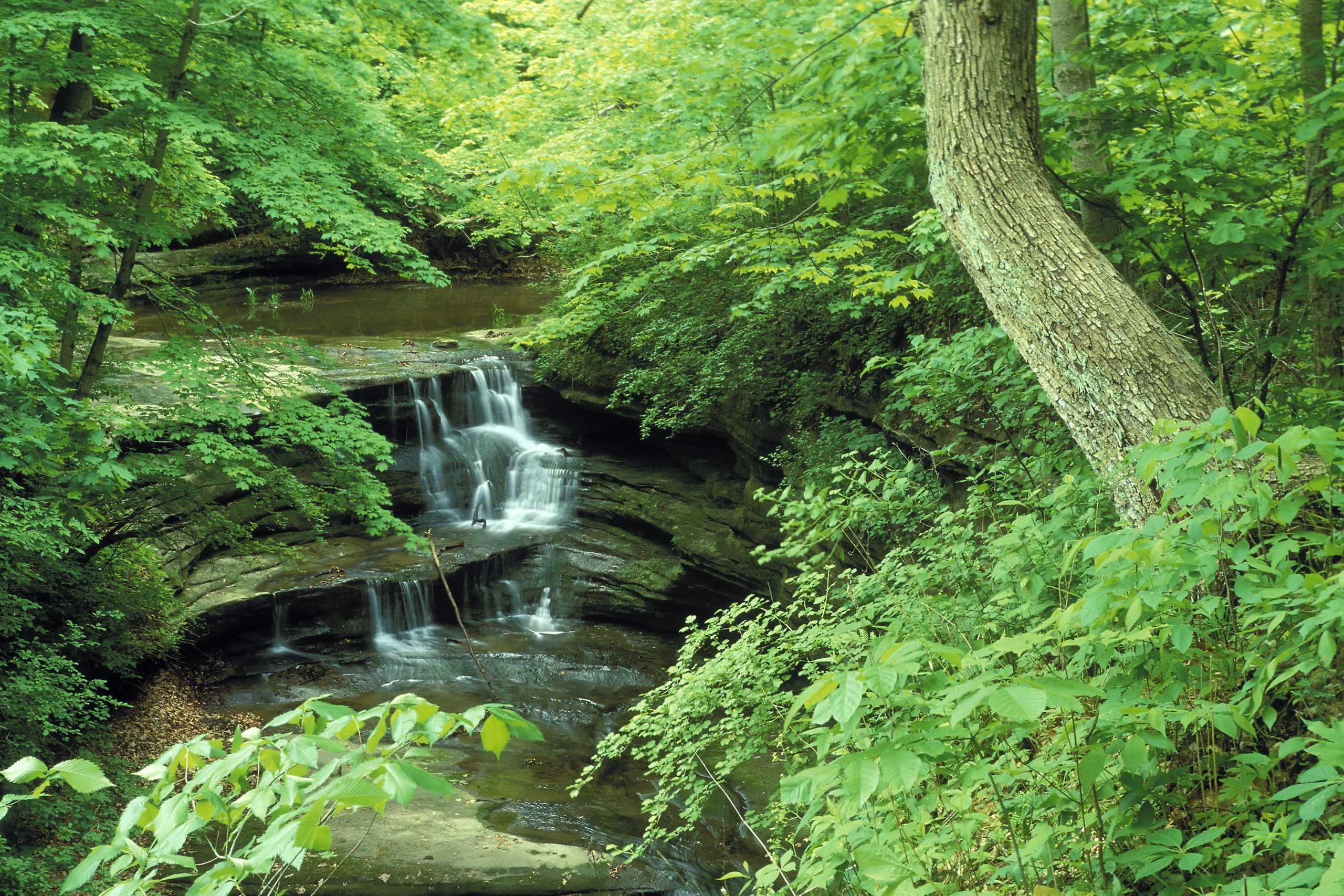Park Advocates Vow To Continue Fight to Protect “One of Illinois’ Most Special Places”

The Illinois Department of Natural Resources Office of Mines and Minerals (IDNR – OMM) has given the go-ahead to a controversial open pit mine next to Starved Rock State Park in LaSalle County, despite objections from local residents and thousands of Illinois residents.
“Starved Rock is one of Illinois’ most special places, and we are disappointed that IDNR is approving a project that puts it at risk,” said Jack Darin, Director of the Illinois Chapter of the Sierra Club.
The 80-acre open pit sand mine will be located at the east entrance to Starved Rock State Park. There is great concern about its impact on the park, one of Illinois’ top tourist attractions. Noise from nonstop mining and sand processing operations, water pollution from the mine into the park, silica sand dust in the air, the potential loss of Native American artifacts due to mining and the increased truck traffic on the Illinois River Road National Scenic Byway running past the mine site and through the park are among the many issues cited by local residents and park advocates.
An additional permit from the Illinois Environmental Protection Agency is still needed to allow the release of wastewater from sand processing. The Agency has not yet made a decision whether to allow the new discharge. Wastewater from the mine would be dumped in Horseshoe Creek, which runs from the mine site into Starved Rock State Park.
“The proposed mining operation will be pumping millions of gallons of wastewater into Horseshoe Creek, which flows through the park before reaching the Illinois River,” said Elliot Brinkman, Habitat Conservation Specialist with Prairie Rivers Network. “We are concerned that these increased flows will contribute to higher levels of sediment and erosion in this small, vulnerable stream.”
Impacts to the historic, aesthetic and ecological integrity of the Starved Rock area are another issue. A recent Archaeological Survey confirmed the presence of no less than four sites containing Native American artifacts located on the mine site. The project is also near Plum Island, where in 2004, then-Lt. Governor Pat Quinn led efforts to stop commercial development of the 55-acre island, home to nesting and roosting American bald eagles.
The Illinois Audubon Society, with the help of the Illinois Clean Energy Community Foundation and the Trust for Public Land, was then able to purchase Plum Island and has been working with volunteers on clean-up activities and restoration projects.
“Plum Island is returning to its natural state and the eagles are flourishing,” said Tom Clay, Executive Director of Illinois Audubon Society. “We’re concerned about proximity of the mine and the potential for negative effects on the eagles.”
How this mine will affect local economies remains unknown, leaving many residents wondering. One Ottawa businesswoman is particularly concerned about the long-term impacts to her realty business.
“The mine’s impact on tourism is generally overlooked. Tourism also brings business and jobs; people who visit a community and like what they see often move their home and business to that location,” said Katie Dumke Troccoli of Ottawa. “I believe that the negative impact will be seen in lost opportunities for future jobs in the community.”
Ever since Mississippi Sand LLC first sought a special use permit from the LaSalle County Board in December 2011, local residents and conservationists across Illinois have banded together in opposition of the proposed mine. Citizens focused their pleas to IDNR-OMM, IEPA, and Governor Pat Quinn to protect Illinois’ premier state park.
“Over the past year, Illinoisans have voiced their support for the park through thousands of comments to IDNR-OMM,” said Tracy Yang, Clean Water Organizer of the Illinois Sierra Club. “Conservationists and local residents will continue to stand up for it.”
The Illinois Chapter of the Sierra Club, Openlands and Prairie Rivers Network are working with local residents in exploring their options to continue to protect Starved Rock State Park. Concerned citizens can help by visiting http://bit.ly/RQ7Lmi to send an email to Governor Pat Quinn to request a stop to this controversial mine.
###








